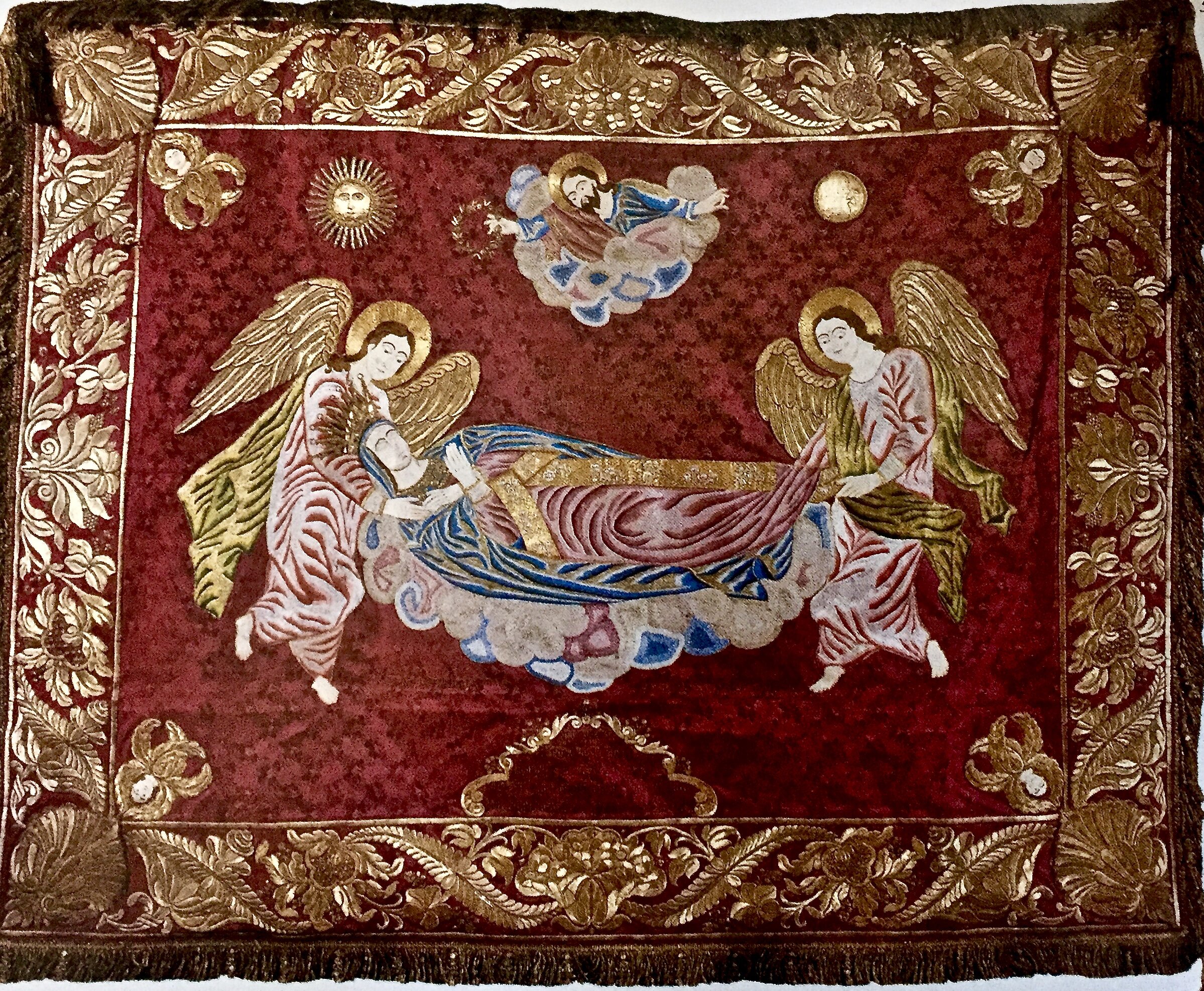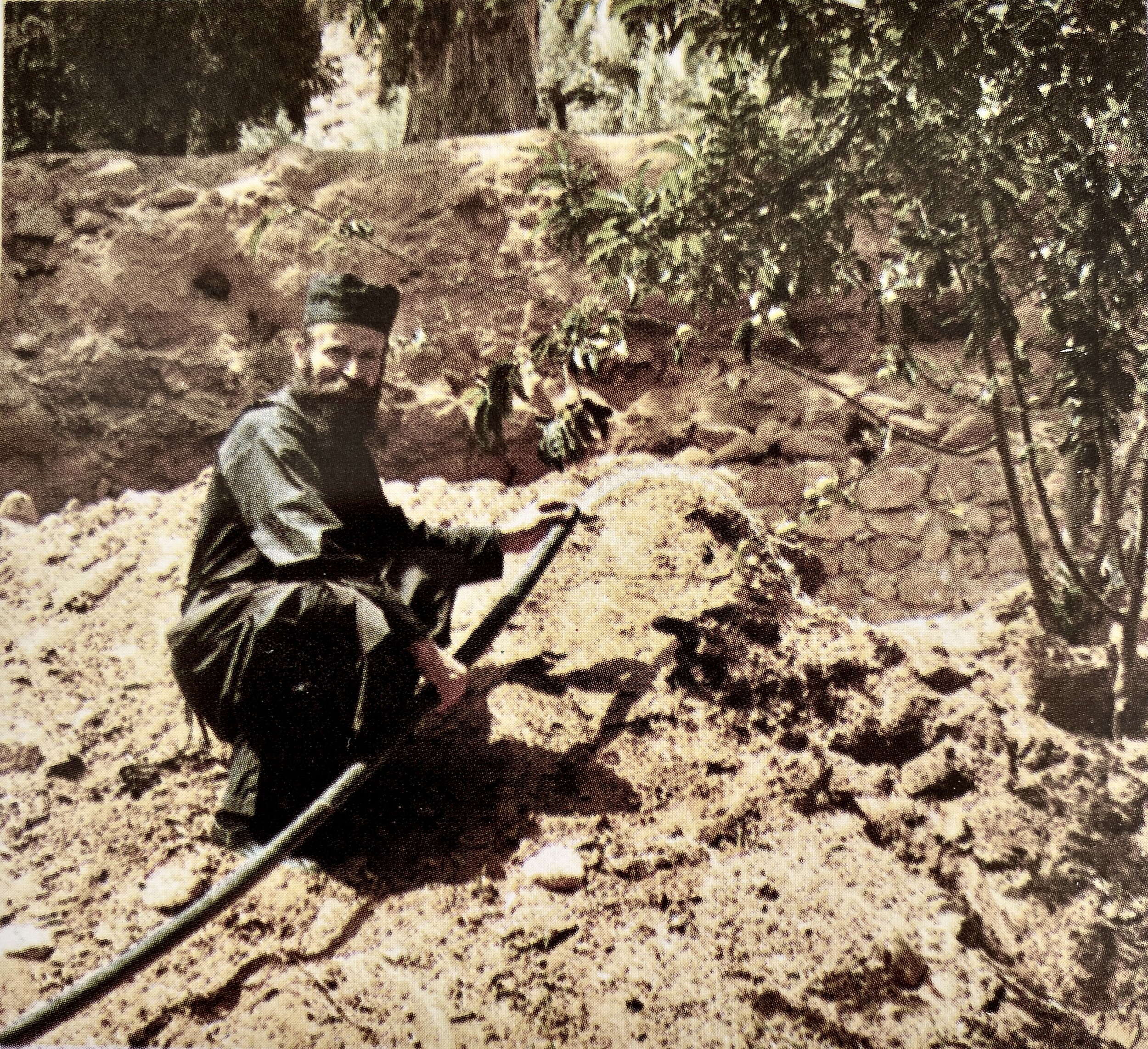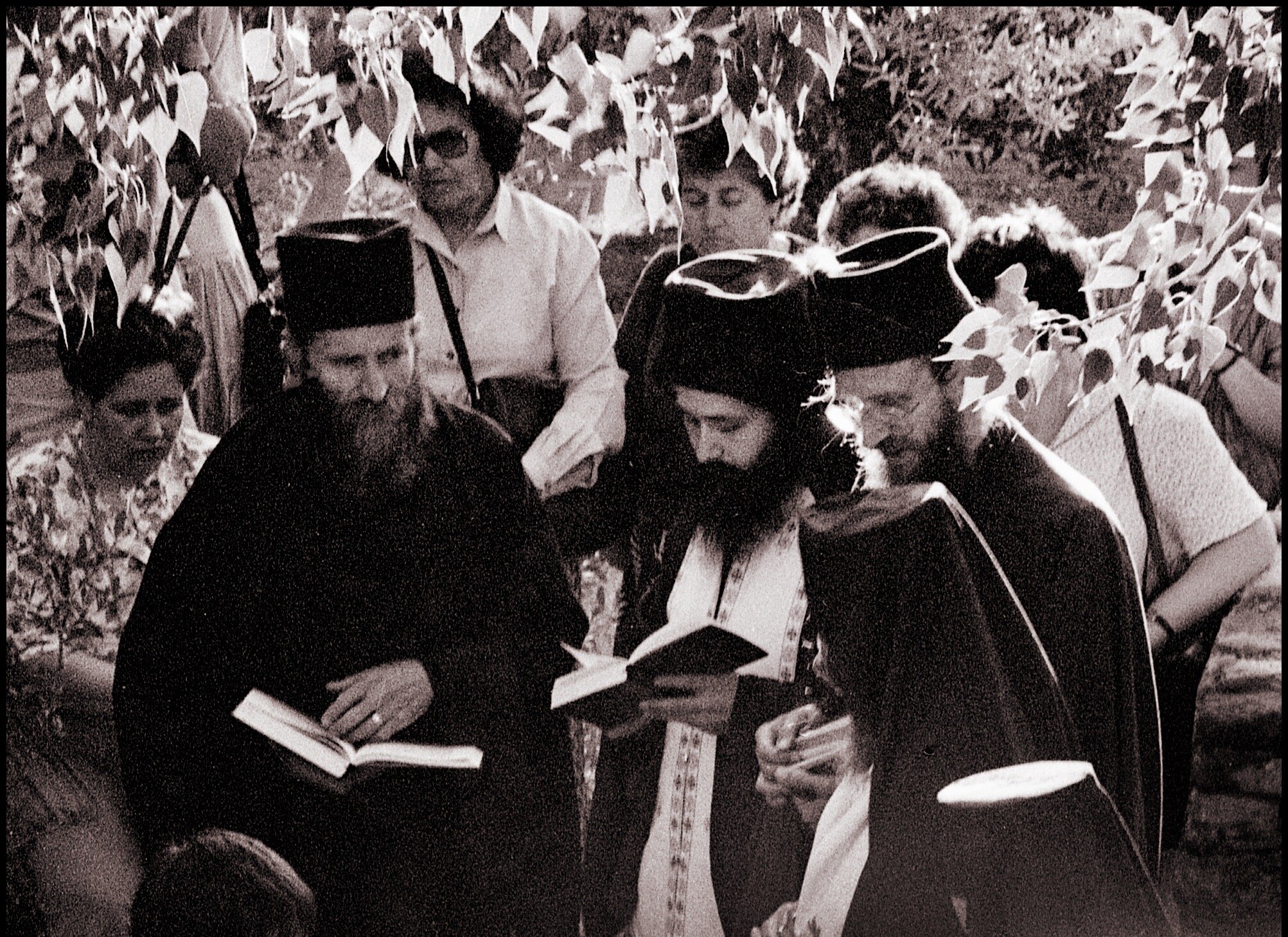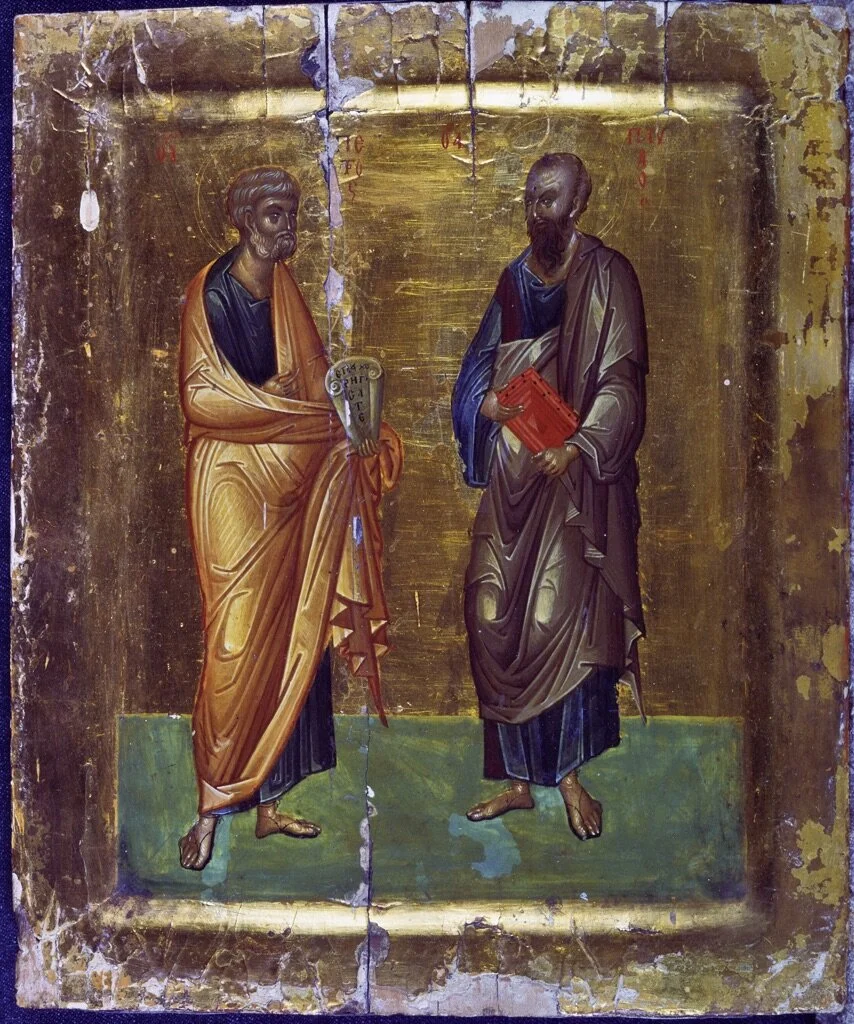Sinai Icon of the Holy Apostles, Saints Peter and Paul.
On the first anniversary of Elder Pavlos’s (+March 1) falling asleep….
“For the law was given through Moses, grace and truth came through Jesus Christ.”
Throughout evolving artistic periods, certain stylistic devices remain constant in iconography. It’s never difficult to tell apart the chief of the apostles, for instance. While Saint Peter is portrayed with a head of swirling hair suggestive of his youthful vigor, the more contemplative Saint Paul, seasoned by a lifetime’s struggles toward the Word of God, is portrayed with the receded hairline indicative of maturity. Much more than a historical snapshot, an icon touches the nous, the soul’s capacity “to see and hear,” with a powerful message – much the way a pilgrimage to the God-trodden Mountain of Sinai leaves something forever changed in each soul that conquers its holy slopes – whether in person in the body, or in spirit from afar.
And what is the message? Confirmation of the return of grace to creation in the Person of the God-man Jesus Christ. Only the Logos who is the Image of the Father – thus His Word – had the ability to re-create the image of His own rationality in mankind, said Saint Athanasios … How could man restore the image of which he was only a copy? When loving sin instead of God had impaired the exercise of his capacity to reason?
From the Sunday of Holy Pascha (1989-92), entering the Monastery basilica in monastic procession for the Agape Vespers. Photographer Spiros Panagiotopoulos.
What, then, is purified rationality? In the words of blessed Elder Pavlos, the revered Confessor of Sinai whose first year of repose in the Lord is commemorated today: “Love for God above everyone and everything – the first and greatest commandment” proclaimed within the brilliance of Uncreated grace appearing as luminous darkness to a creation not yet restored to its vision …
And which grace was this? The one declaring itself sufficient to the Elder’s namesake, the teacher of humanity whose toils he imitated in traveling the world to win a single soul for its Creator who said “My power is perfected in weakness.” The one moving Paul’s co-apostle Peter to walk on the sea buoyed by nothing but the rationality of His Lord – until he lowered his gaze to the human one and began to sink. The one propelling a monk overcome by its force on a three days’ journey across the desert in blazing sun, from the Holy Mountain to the Red Sea, supplied with neither food nor water, reaching his destination without thought of fatigue, powered by nothing more than the rationality of his namesake whose love declared to all generations, “I will boast all the more gladly in my weaknesses, so that the power of Christ may rest on me .”
The same grace empowering a venerable elder to the arduous five hour ascent of Mount St. Catherine without pause when sought as guide by young mountaineers in their prime. Human rationality held no power over the purified soul of an ascetic who lived by the divine; by the rationality elevating the relic of the Bride of Christ to the only Summit on Sinai closer to heaven than the Peak of the Decalogue, carried there on the arms of angels to dwell in the glory of God, together now with her devoted servant, to the ages of endless ages.
The slide show below has additional pictures of Elder Pavlos from years past (circa 1989-92 or 2016, photographer Spiros Panagiotopoulos).






